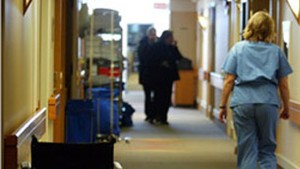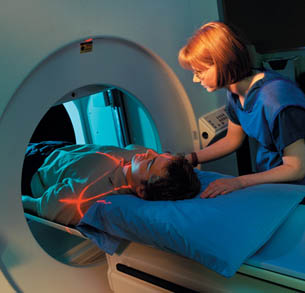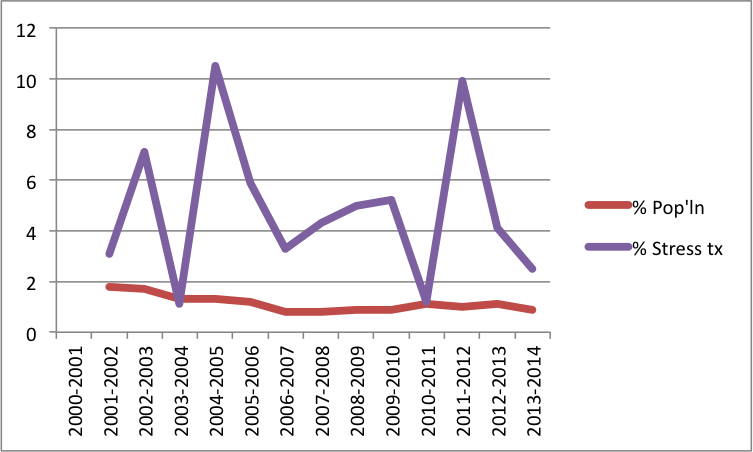 In 2014, 53,513 Canadians got healthcare in the USA. That’s half the city of Thunder Bay, or all of Cornwall, heading south to get better access to care.
In 2014, 53,513 Canadians got healthcare in the USA. That’s half the city of Thunder Bay, or all of Cornwall, heading south to get better access to care.
Please read the original article, Leaving Canada for Medical Care, from The Fraser Institute as well as media from CBC, Global News and The National Post. The Globe and Mail and Toronto Star haven’t commented yet.
Canada must ration healthcare. With first dollar coverage, Medicare cannot ration by cost, so it must ration access to care by limiting services with wait times. When waits become intolerable, suffering forces patients to purchase care outside Canada.
Paying privately for medical care is illegal in Ontario yet 26,252 patients went to the United States to purchase care last year. In light of this, should we:
- Refuse to provide follow-up care for treatments rendered in the USA?
- Set up American clinics on Canadian soil so we can tax the services?
- Revamp the Canada Health Act?
- Close the border?
Denialism
Many argue that Canadians do not go south for care:
- 5 myths about Canada’s healthcare system
- Phantoms in the Snow
- “Myth of Canadians Going to USA for Healthcare”Google Search
Who’s right? Most physicians know of at least 1 patient who had to go to the USA for care. There are 75,000 physicians in Canada. Even if multiple doctors know about the same patient, it seems to make sense that thousands of Canadians head south for care.
A rose by any other name…
Those with the power to change the system do not tolerate waits. They get care in the USA or purchase routine services at executive medical clinics in big cities.
People talk about Medicare and Canadian identity. Perhaps our Canadian Medicare legacy has tarnished a little? Maybe we should start talking about how to help patients suffering on wait lists? Maybe we should start figuring out ways to provide access to the multi-tier care that already exists in Canada?
photo credit: cbc.ca




